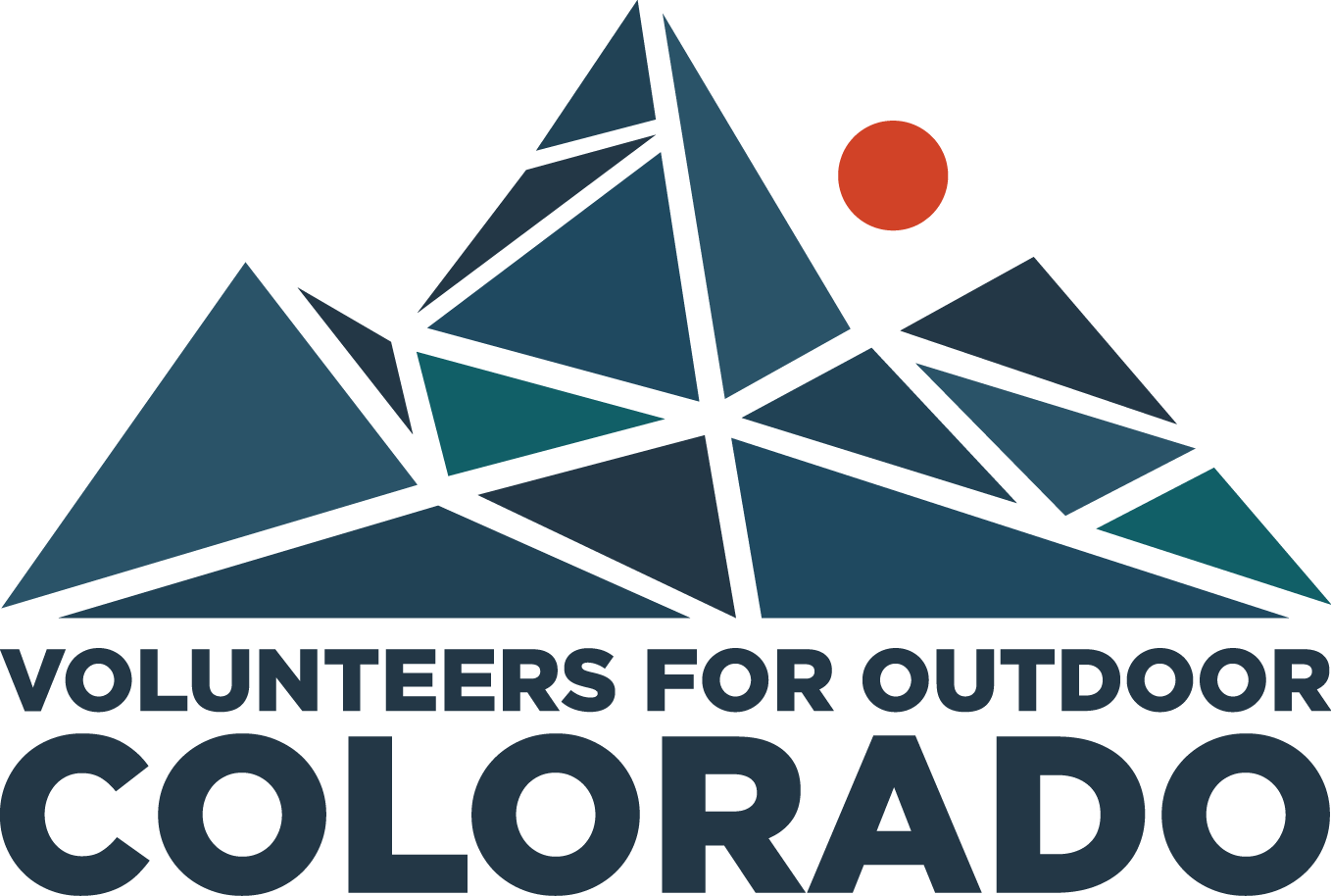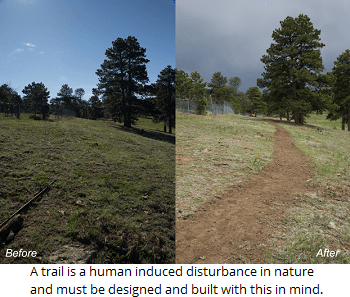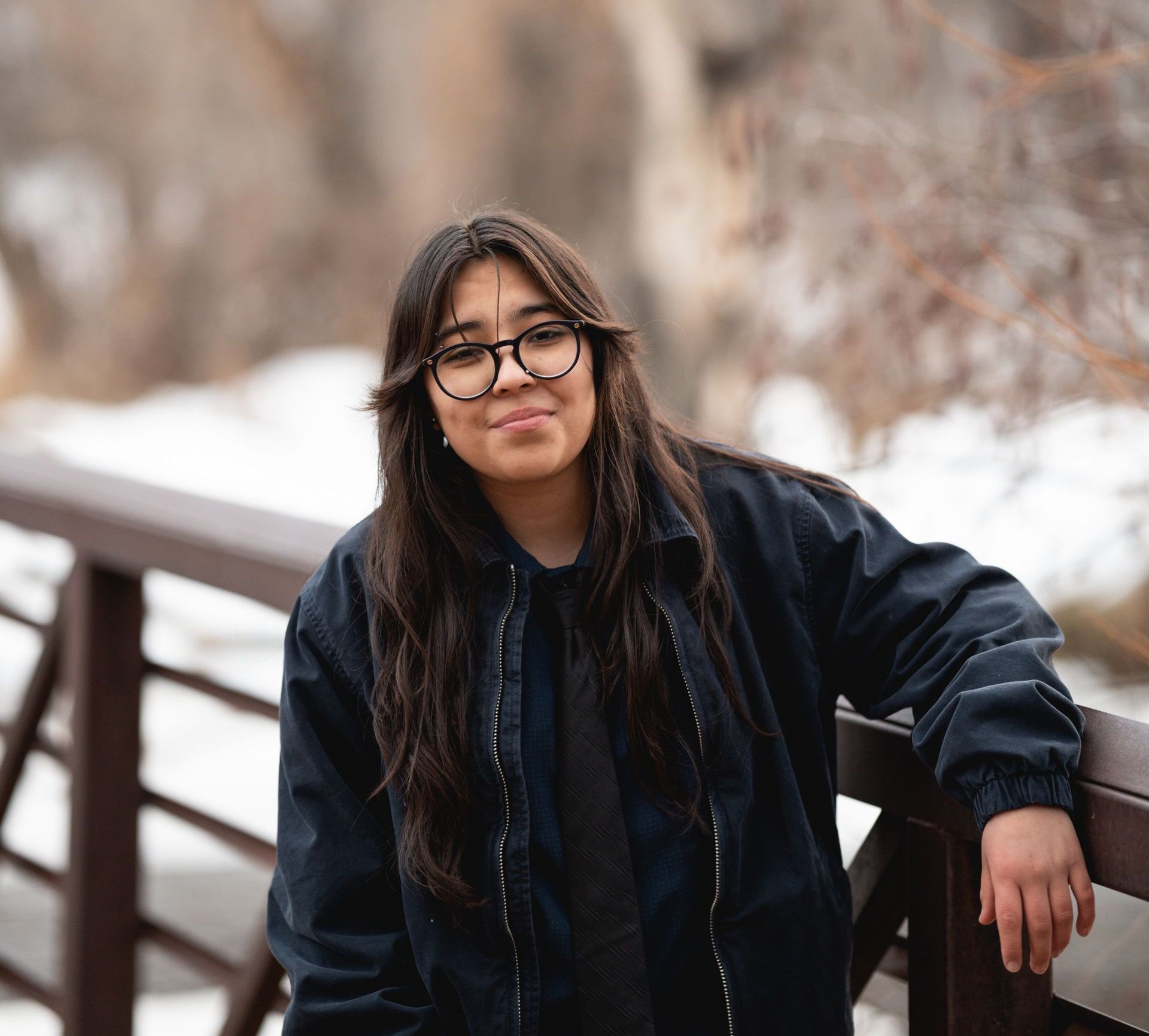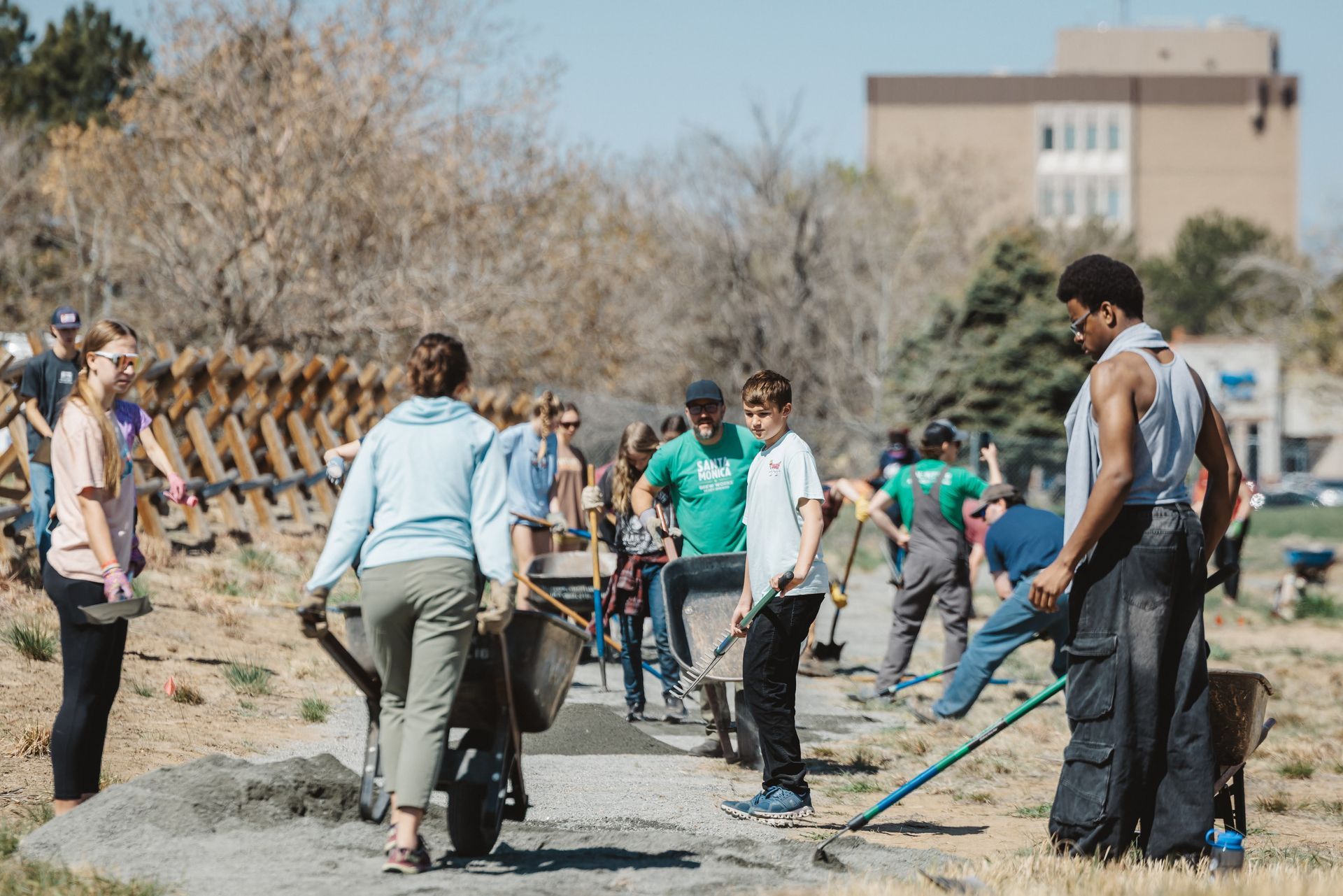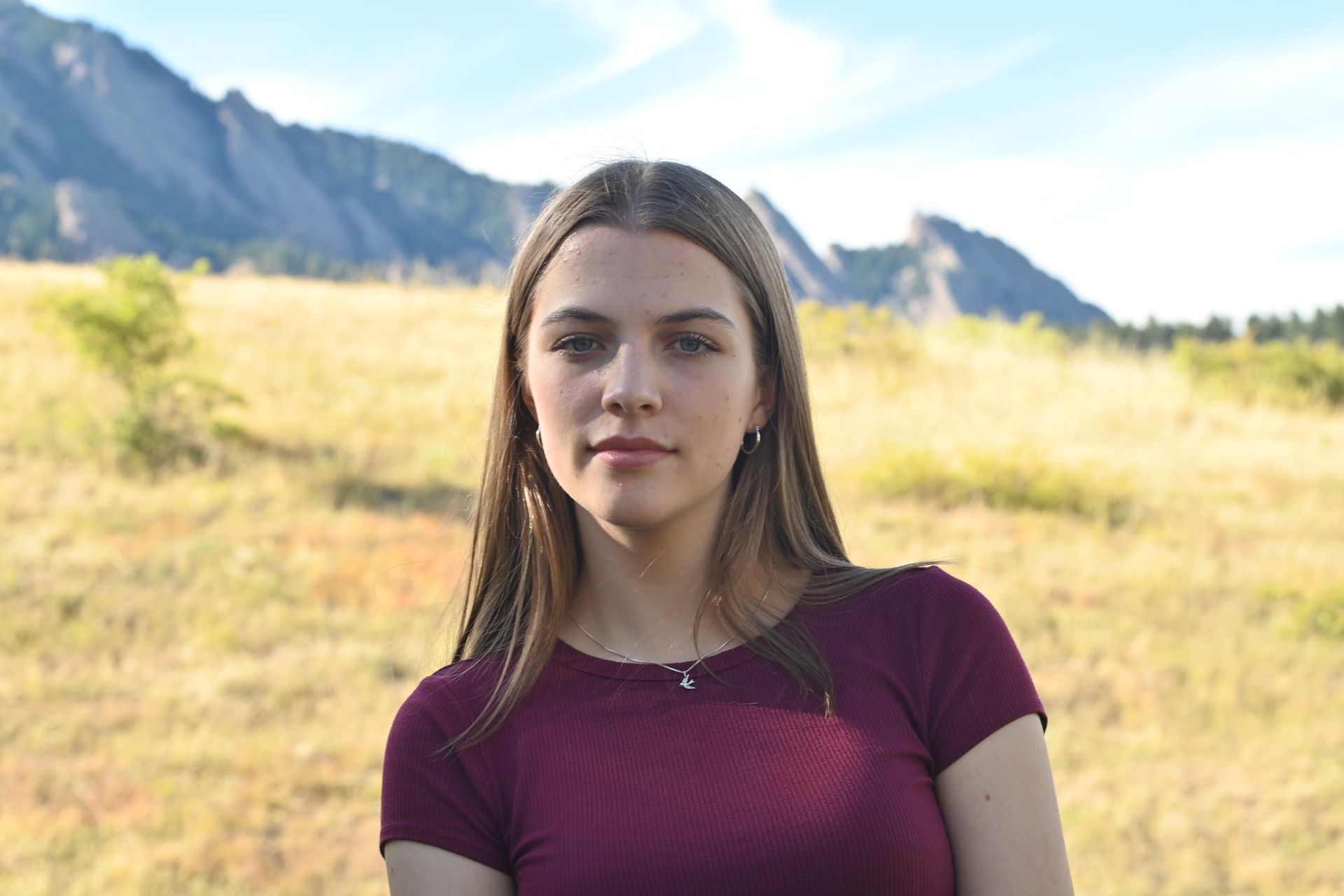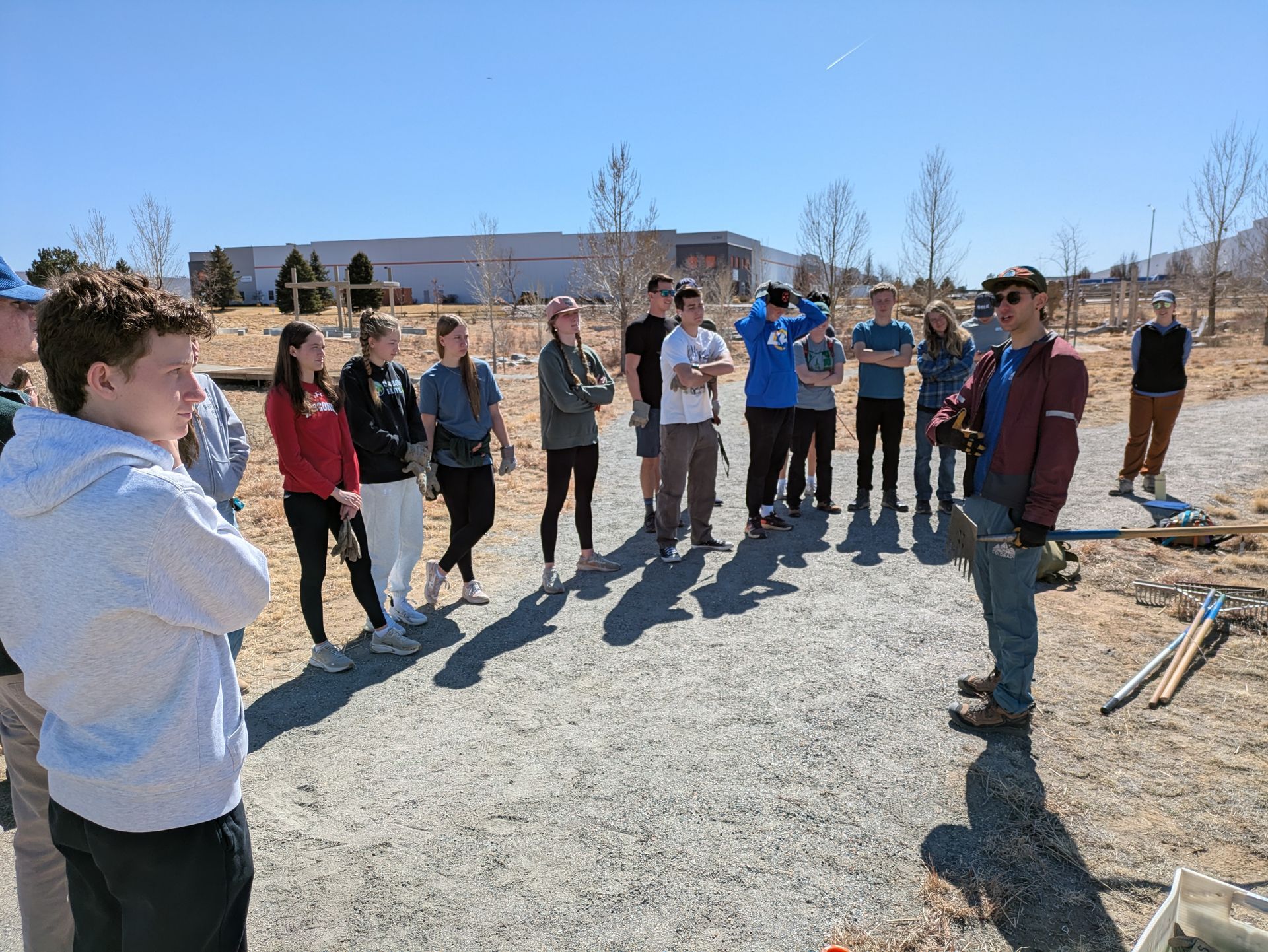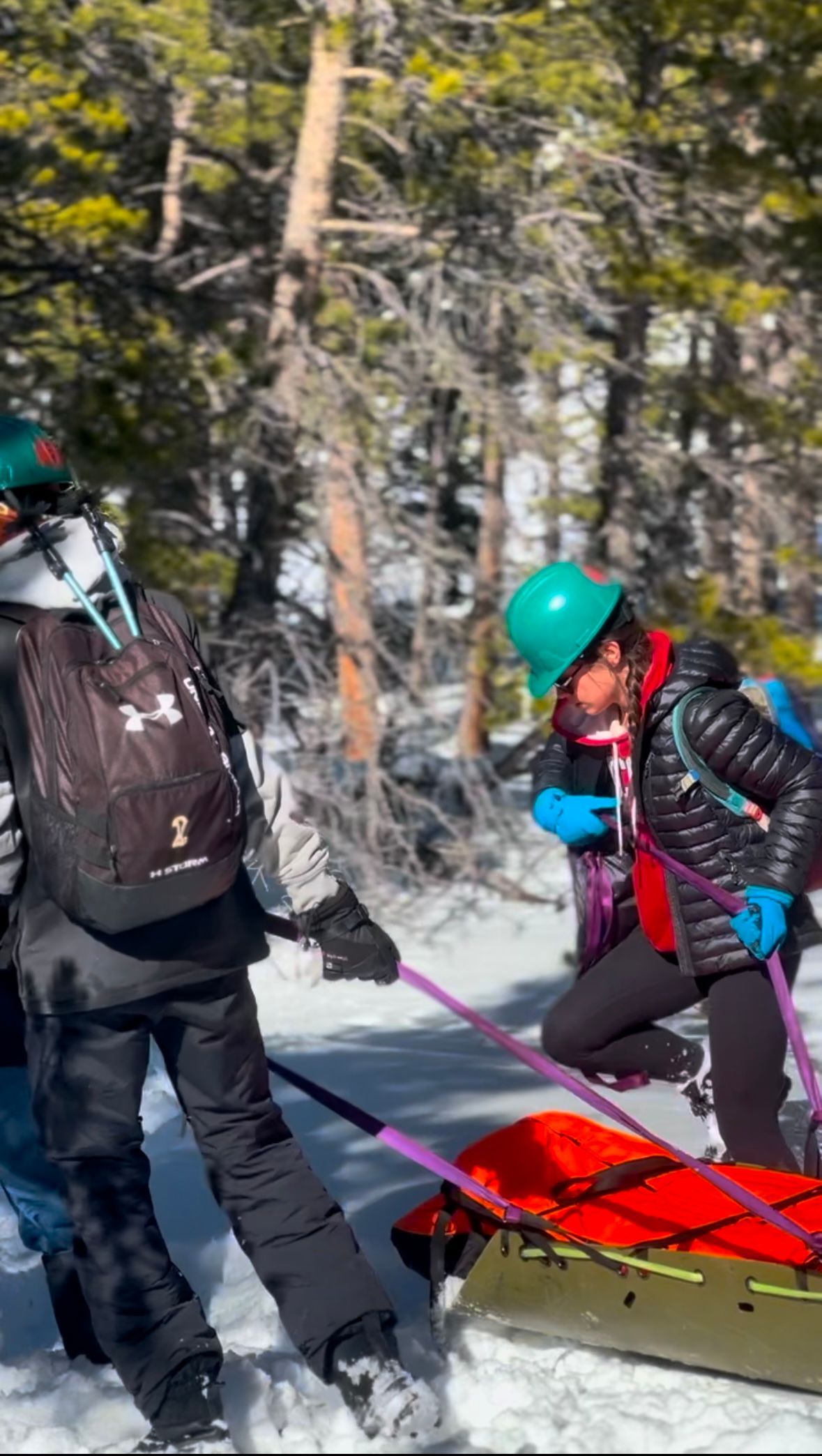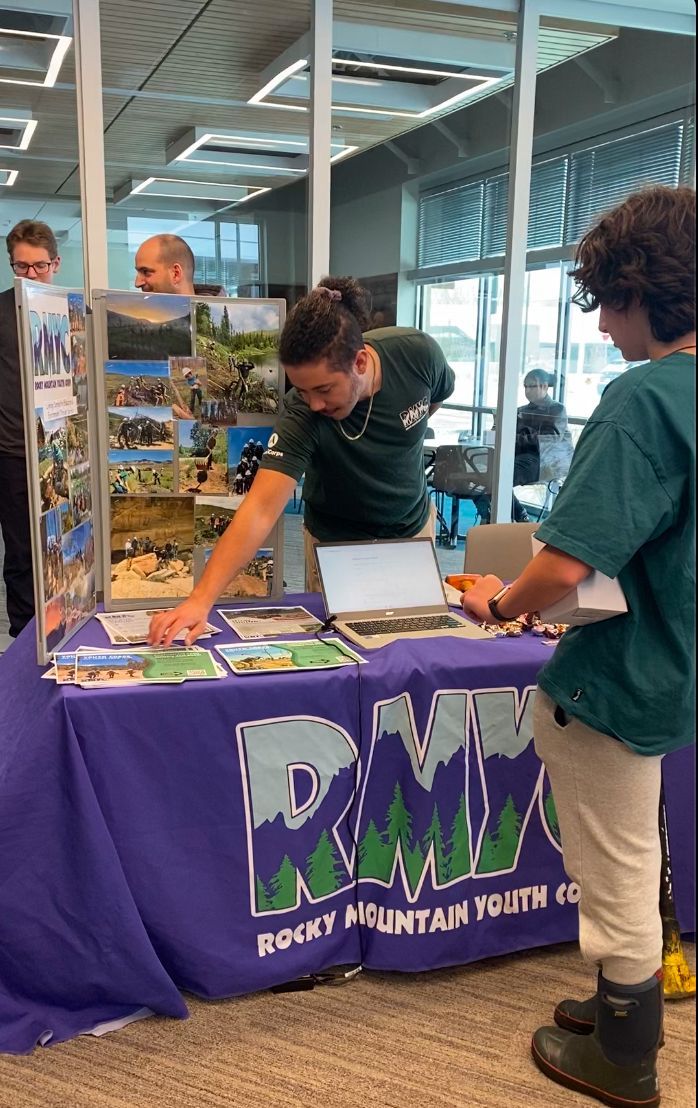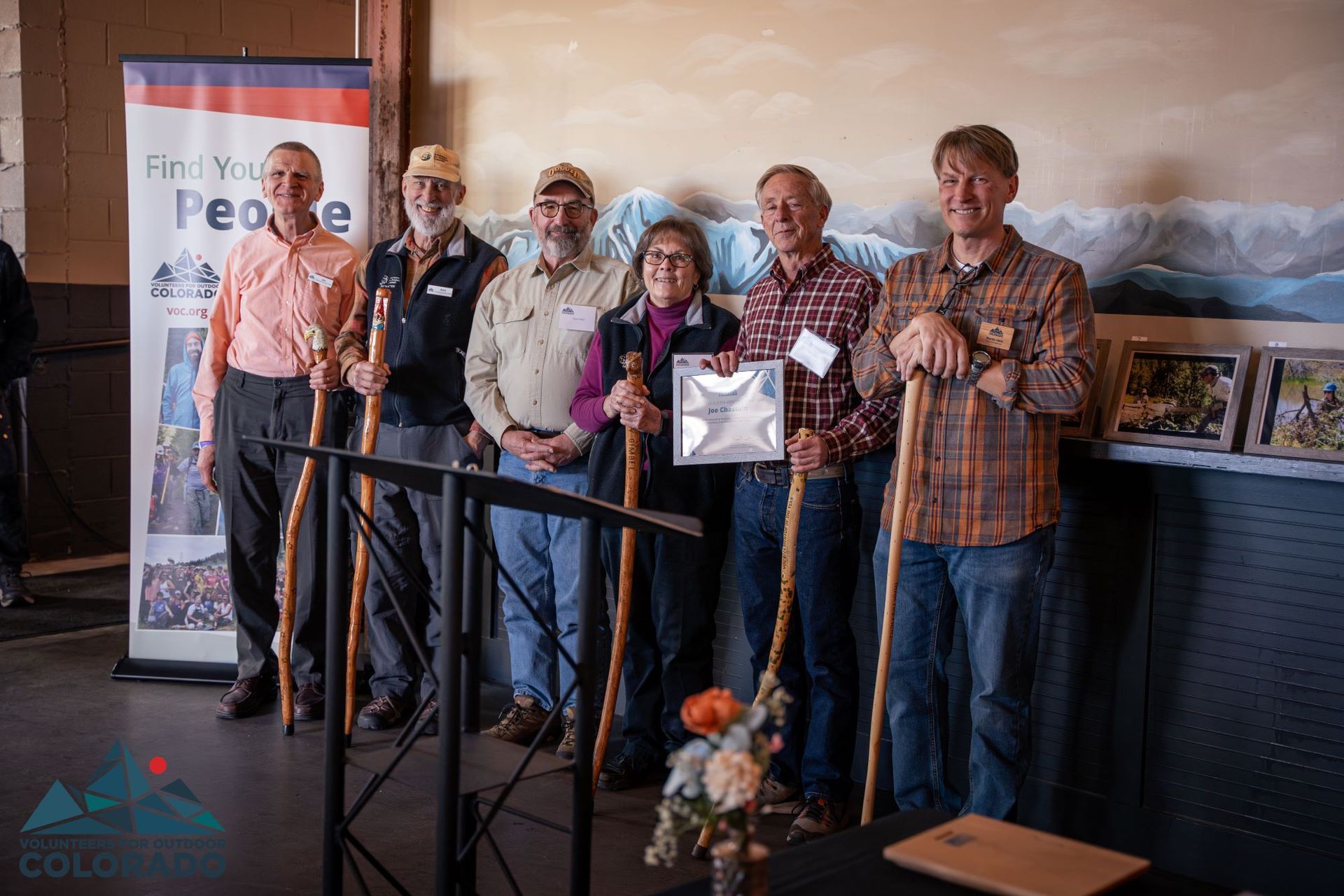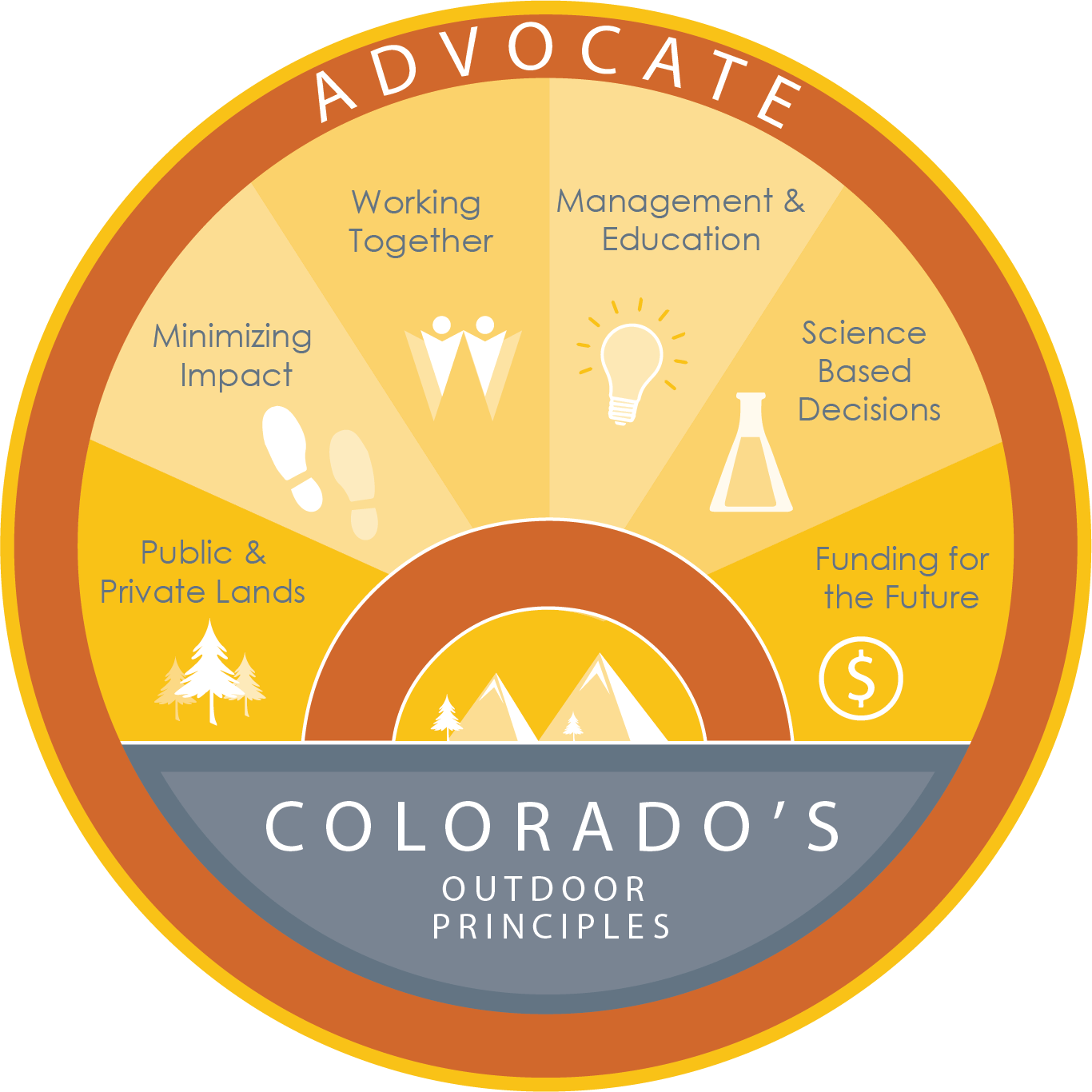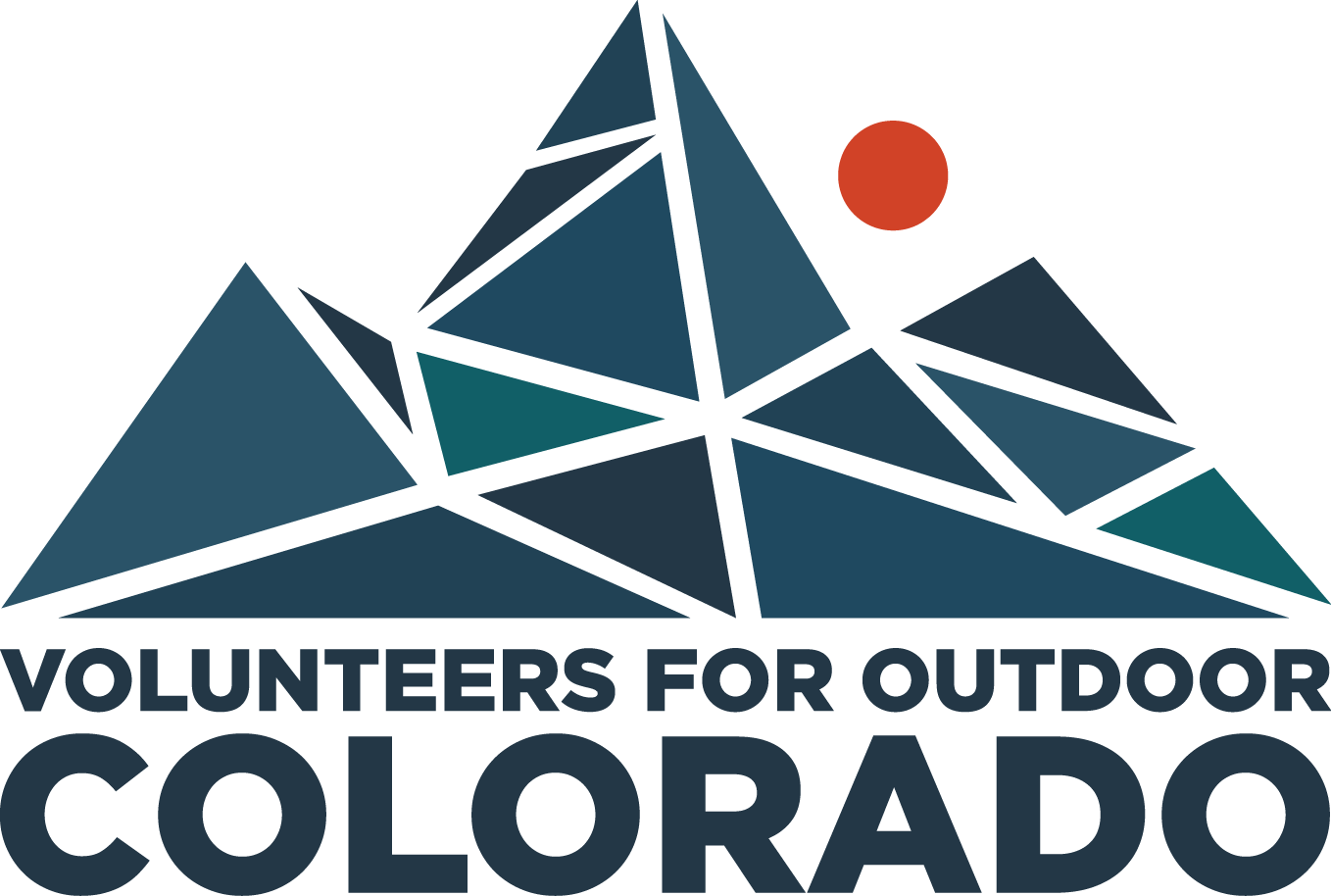Trail Maintenance: The Good, The Bad & The Ugly
Alex Schupp • June 22, 2018
Trail Maintenance: The Good, The Bad & The Ugly
Maintaining trails is a huge part of our work at Volunteers for Outdoor Colorado (VOC) and we’ve seen ‘em all, from meandering paths through the prairie to steep, rocky ascents and everything in between. Yet despite their myriad differences, you might be surprised to learn that trails have quite a bit in common when it comes to taking care of them.
That’s why when you volunteer with us or browse photos
of our projects on Facebook, you’ll see a lot of people doing a lot of different things, from raking soil to tearing up a hillside, moving boulders, and building bridges. Yet while the work varies, the goal is always the same: to keep the trail in safe, sustainable working order.
Now you might be thinking, “What do you mean ‘sustainable’? Why does a path in the woods need so much maintenance?”
We’re glad you asked! But before we dig in (sorry, we couldn’t help it!), let’s back up and take a closer look at trails themselves.
The Importance of Trails
What’s your favorite trail? Why? It’s probably the places it takes you; the sights you see and the overall experience it gives you, whether you’re out for a stroll with the family or zipping down your favorite single track. But trails are more than just the way in which we explore our landscape; they’re also how we protect it and the very experience we came to enjoy.
In most cases, your favorite trail didn’t just appear; ideally, it was carefully planned and constructed to provide a route that would cause as little disturbance as possible to the natural environment and local species – and, of course, prevent you from getting lost in the woods and becoming a mountain lion’s next meal.
Other trails may follow old roads or were simply worn in over time by people looking to get from A to B. Regardless of how it may have been created, a trail is a human creation with consequences for the habitat in which it exists. It must be maintained over time to ensure it continues to provide the intended user experience while keeping people, wildlife, and habitats safe.
The Threat to Trails
If trails protect people and the environment, how do you protect the trails? We often hear about the impacts of overuse, but there’s another threat to our trails: water. That’s right; the rainfall and snowmelt that is critical to Colorado’s environment is also often considered Trail Enemy #1 – and it all boils down to erosion.
When water collects on a trail, you get puddles and mud. No one likes soggy boots, so visitors will often go off-trail to avoid the wet patches, widening the path and harming vegetation. Water might also travel along a trail, carrying away soil to create ruts and expose roots and rocks, ultimately transforming the trail into an unpleasant and potentially dangerous route.
Erosion not only impacts a trail user’s safety and overall experience, but it also adds sedimentation into nearby streams. This can reduce the water quality within the larger watershed – a growing problem in Colorado!
A good trail designer will do their best to eliminate these erosion problems from happening in the first place by carefully aligning the trail on a hillside so that water can flow across it, rather than down it, or by planning appropriate structures to support a new trail or restore an existing one.
Trail crews also have an important role to play. Crew Leaders and their crews ensure the design of any trail construction or maintenance project is implemented successfully, building and maintaining the trail with specific structures and to appropriate standards, ensuring that the work is of high-enough quality to hold up over time.
But even the best-designed and built trails need routine maintenance to prevent erosion, especially since these issues are easily exacerbated by human behavior: user traffic can wear down the center of the trail, potentially creating new spots for puddles; people may take shortcuts, opening new avenues for water flow; or a type of recreation may become popular that the trail wasn’t initially designed for.
Add in storms and Colorado’s unpredictable weather, and it’s easy to see how a trail can get reshaped over the seasons. If left untended, a trail can completely deteriorate into an unsafe and unpassable mess, no longer serving its original (and important!) purpose.
Maintaining a Trail
That’s why regular trail maintenance is so important. With limited resources from land management agencies, volunteers are needed to reshape the trail’s surface to keep water flowing off the trail; build drainage structures to further divert water; and build rock/timber steps, walls, and other structures to preserve the integrity of the trail’s slopes and surface and mitigate the forces that create erosion.
Of course, moving boulders and building walls is a lot more work than the previously mentioned tasks. It might make for a great photo-op, but this type of maintenance takes more muscle, money, time, and training to accomplish.
In addition, a trail can erode to the point where it’s no longer reparable. In that case, the only way to salvage the route is to close the dilapidated trail and build a new one – a process that requires redesigning the trail, time-extensive impact studies, thousands of dollars, and hundreds of volunteers.
By starting with sustainably-built trails and completing the smaller, less-glamorous tasks on a regular basis, the more time, money, and resources we can save – things that are already in short supply for our public lands.
In Conclusion
We hope this blog helped you look at trails in a new light. You now have the knowledge you need to hit the trails and impress your friends with facts about erosion and trail design! You can assess how water would travel on or off the trail; point out loose rocks exposed by erosion; or talk up the importance of a good drainage or erosion control structure.
You can also put that knowledge into action and get a closer look at the intricacies of trail design, construction, and maintenance by attending one of our volunteer projects or outdoor stewardship trainings! We promise you’ll walk away with a new appreciation for trails and the people who care for them.
